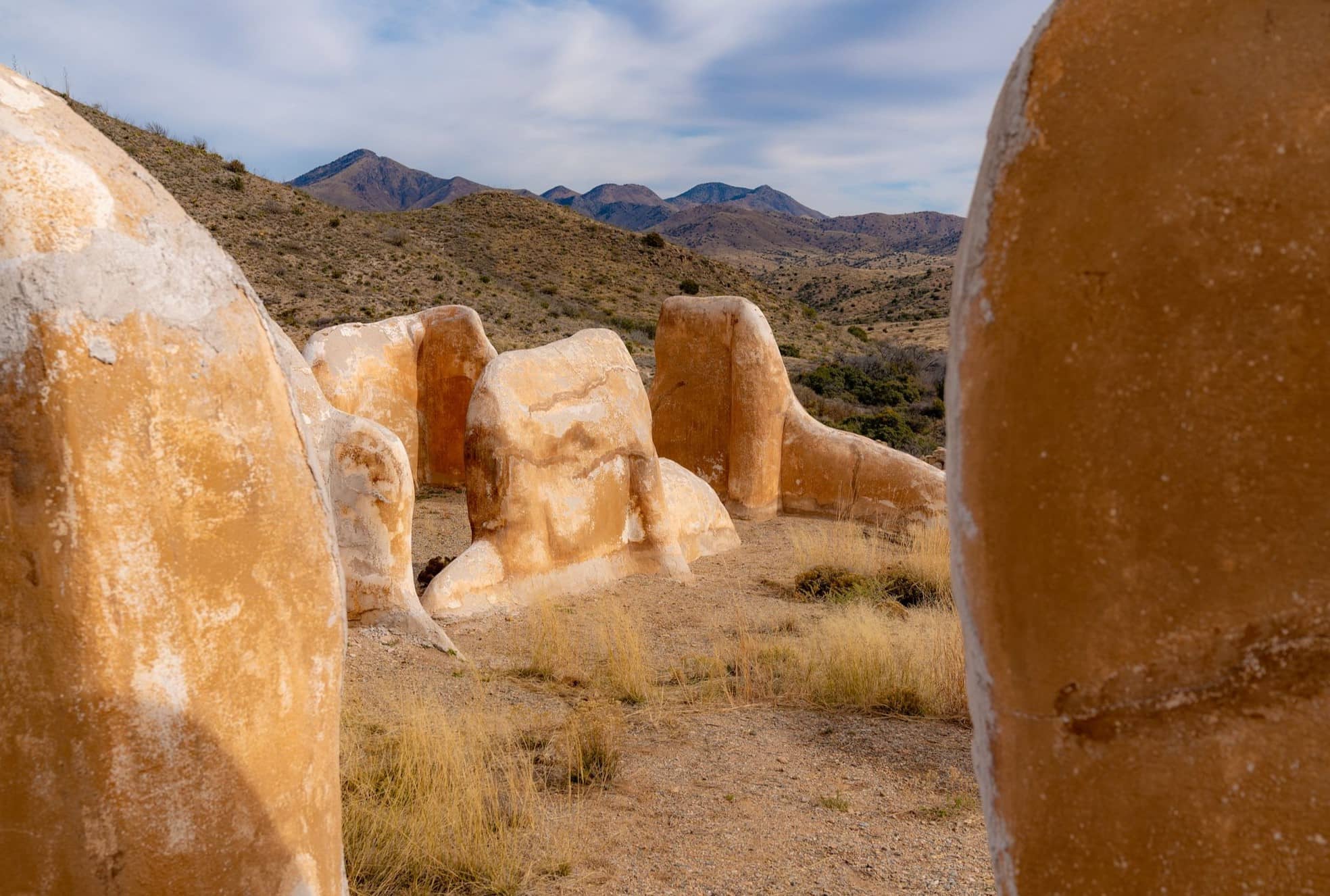Fort Bowie National Historic Site – Arizona’s Apache Wars Fort

Fort Bowie National Historic Site in Arizona offers a glimpse into the turbulent times of the Apache Wars. This historic fort, established in 1862, played a crucial role in the conflicts between the U.S. Army and the Chiricahua Apache. Visitors can walk the same paths as soldiers and Apache scouts, exploring ruins and learning about the area's rich history. The site features a visitor center with exhibits and artifacts that tell the story of this significant period. Hiking trails lead to the fort's remains, providing stunning views of the surrounding landscape. A visit to Fort Bowie is not just a trip back in time but also an opportunity to appreciate the resilience and culture of the Apache people.
Discovering Fort Bowie National Historic Site
Fort Bowie National Historic Site in Arizona offers a glimpse into the turbulent times of the Apache Wars. This historic site preserves the remnants of a 19th-century fort and the stories of the people who lived and fought there. Let's explore some key spots you shouldn't miss.
Visitor Center
Start your journey at the Visitor Center. Here, you can gather information, view exhibits, and watch a short film about the site's history. It's the perfect place to get an overview before heading out.
- Exhibits: Learn about the Apache Wars, the soldiers stationed at Fort Bowie, and the Chiricahua Apache people.
- Film: A 15-minute film provides a concise history of the fort and its significance.
- Ranger Programs: Participate in ranger-led programs for deeper insights into the site's history.
Ruins of Fort Bowie
The ruins of Fort Bowie are a testament to the fort's strategic importance during the Apache Wars. Walking through these ruins, you can almost hear the echoes of the past.
- Commanding Officer's Quarters: See where the fort's leaders lived and made crucial decisions.
- Barracks: Imagine the daily life of soldiers in these now-crumbling structures.
- Hospital: Explore the remains of the hospital where wounded soldiers were treated.
Apache Spring
Apache Spring was a vital water source for both the Apache and the soldiers. This natural spring played a crucial role in the area's history.
- Water Source: Understand why control of this spring was so fiercely contested.
- Historical Significance: Learn about the skirmishes that took place here and their impact on the Apache Wars.
Butterfield Overland Mail Route
The Butterfield Overland Mail Route passed through Fort Bowie, making it a key stop for mail and supplies. Walking this route connects you to the broader history of westward expansion.
- Trail: Follow the same path used by stagecoaches in the 1800s.
- Historical Markers: Read markers along the trail that provide context and stories from the past.
Cemetery
The cemetery at Fort Bowie is a somber reminder of the lives lost during the Apache Wars. It offers a place for reflection and remembrance.
- Gravesites: Pay respects at the graves of soldiers, civilians, and Apache people.
- Memorials: See memorials dedicated to those who fought and died in this harsh landscape.
Hiking Trails
Fort Bowie offers several hiking trails that allow you to explore the site and its surroundings. These trails provide a deeper connection to the land and its history.
- Ranger Trail: A 1.5-mile trail that takes you past key historical sites.
- Butterfield Stage Route Trail: A longer trail that follows the historic mail route.
- Nature Trail: A shorter trail focusing on the area's natural beauty and wildlife.
Interpretive Signs
Throughout Fort Bowie, interpretive signs provide valuable information about the site's history and significance. These signs help bring the past to life.
- Historical Context: Learn about key events and figures from the Apache Wars.
- Cultural Insights: Gain a deeper understanding of the Chiricahua Apache culture and their perspective on the conflict.
- Military Strategy: Discover the strategic importance of Fort Bowie in the broader context of the Indian Wars.
Scenic Views
The landscape surrounding Fort Bowie is stunning, offering scenic views that enhance your visit. These vistas provide a sense of the challenges faced by those who lived and fought here.
- Overlook Points: Enjoy panoramic views of the surrounding mountains and valleys.
- Photography Spots: Capture the beauty of the Arizona landscape and the historic ruins.
Conclusion
Fort Bowie National Historic Site is a place where history comes alive. From the Visitor Center to the scenic views, every part of this site tells a story. Whether you're a history buff or just looking for a unique adventure, Fort Bowie offers something for everyone.
Why Fort Bowie Matters
Fort Bowie National Historic Site offers a unique glimpse into the Apache Wars and the Old West. Walking through the ruins, you can almost hear the echoes of soldiers and Apache warriors. The visitor center provides detailed exhibits that bring history to life. Hiking the trails, you see the rugged landscape that shaped many battles. This site isn't just for history buffs; it's a place where you can connect with the past while enjoying Arizona's natural beauty. Whether you're interested in military history, Native American culture, or just love exploring, Fort Bowie has something for everyone. It's a reminder of the complex history that shaped the American Southwest. Visiting Fort Bowie is more than a trip; it's an educational experience that leaves a lasting impression. Don't miss out on this historical gem.

